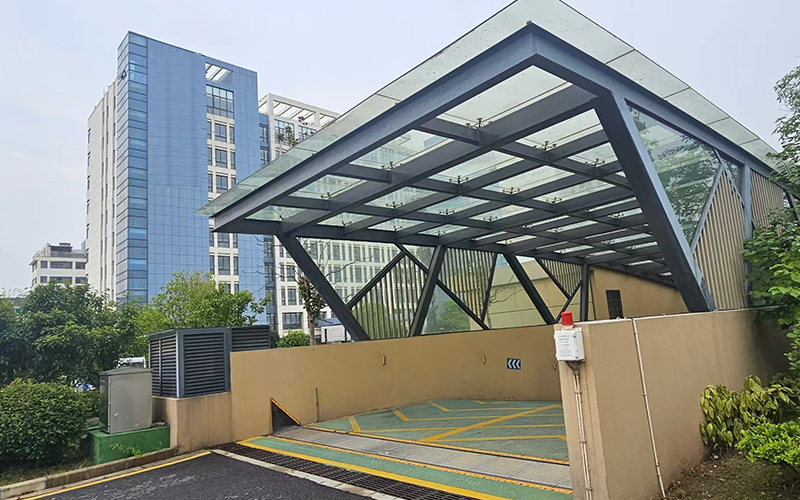 2024-12-25
2024-12-25
In the face of increasing urbanization and the subsequent rise in flood risks, cities around the world are seeking innovative solutions to protect their residents and infrastructure. One such solution that has emerged is the automatic flood barrier system. This article explores the concept, benefits, and implementation of automatic flood barriers in urban flood prevention.

Concept of Automatic Flood Barrier Systems
Automatic flood barrier systems are advanced structures designed to detect rising water levels and deploy barriers in real-time to prevent flooding. These systems utilize sensors, control systems, and actuators to monitor water levels and automatically raise or lower barriers as needed. The barriers can be made of various materials, including steel, aluminum, or even reinforced plastics, and are engineered to withstand the force of floodwaters.
The key advantage of automatic flood barriers lies in their ability to react swiftly and accurately to changing water levels. This reduces the need for manual intervention and ensures that barriers are in place when and where they are needed most.
Benefits of Automatic Flood Barrier Systems
Real-Time Response: Automatic flood barriers can detect and respond to rising water levels almost instantly, providing a critical layer of protection against fast-moving floodwaters.
Reliability: These systems are designed with redundancy and fail-safes to ensure that they function even in extreme conditions. This reliability is crucial in ensuring that flood protection measures are always in place when needed.
Flexibility: Automatic flood barriers can be tailored to fit a wide range of urban environments, from small streams and drainage canals to large rivers and coastal areas.
Cost-Effectiveness: While the initial investment in an automatic flood barrier system may be significant, the long-term cost savings in terms of reduced flood damage and disruption can be substantial.
Ease of Maintenance: Modern automatic flood barrier systems are designed for ease of maintenance and repair, reducing the operational burden on city officials and maintenance staff.
Implementation of Automatic Flood Barrier Systems
The implementation of automatic flood barrier systems involves several key steps:
Assessment and Planning: Cities must first conduct a thorough assessment of their flood risks and identify areas that would benefit from automatic barriers. This includes evaluating the potential impact of flooding on critical infrastructure, residential areas, and transportation networks.
Design and Procurement: Based on the assessment, cities should work with engineers and designers to develop a suitable automatic flood barrier system. This includes specifying the type of barriers, sensors, and control systems required, as well as procuring the necessary materials and components.
Installation and Integration: The installation of automatic flood barriers requires careful planning and execution to ensure that they are properly aligned, anchored, and integrated with the city's existing flood protection infrastructure.
Testing and Validation: Once installed, automatic flood barrier systems should undergo rigorous testing and validation to ensure that they function as expected. This includes simulating flood conditions and monitoring the system's performance in real-time.
Monitoring and Maintenance: Once in place, automatic flood barriers require regular monitoring and maintenance to ensure that they remain in good working condition. This includes inspecting sensors, actuators, and barriers for signs of wear or damage, and performing any necessary repairs or replacements.
Conclusion

Automatic flood barrier systems represent a significant advancement in urban flood prevention. By providing real-time response, reliability, flexibility, cost-effectiveness, and ease of maintenance, these systems offer a compelling solution to the growing challenge of urban flooding. As cities continue to invest in their flood protection infrastructure, automatic barriers will likely play an increasingly important role in safeguarding urban areas against the devastating impacts of flooding.